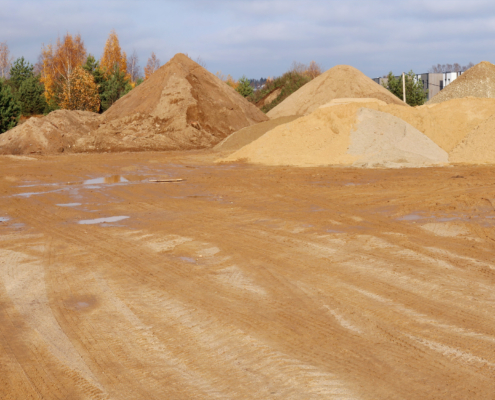 https://pontotocsandandstone.com/wp-content/uploads/2025/06/How-to-Choose-Between-Uncoated-and-Resin-Coated-Frac-Sand-for-Your-Operations.jpg
1250
2000
AbstraktMarketing
/wp-content/uploads/2021/08/Pontotoc-White-Logo.png
AbstraktMarketing2025-06-26 13:10:012025-12-19 16:15:28How to Choose Between Uncoated and Resin-Coated Frac Sand for Your Operations
https://pontotocsandandstone.com/wp-content/uploads/2025/06/How-to-Choose-Between-Uncoated-and-Resin-Coated-Frac-Sand-for-Your-Operations.jpg
1250
2000
AbstraktMarketing
/wp-content/uploads/2021/08/Pontotoc-White-Logo.png
AbstraktMarketing2025-06-26 13:10:012025-12-19 16:15:28How to Choose Between Uncoated and Resin-Coated Frac Sand for Your OperationsUnderstanding the Health and Environmental Impacts of Frac Sand Mining
Frac sand mining plays a key role in energy production, especially in hydraulic fracturing. It’s the process of extracting and processing high-purity silica sand, which is used as a proppant to keep fractures open in oil and gas wells. While this process helps unlock important energy resources, it also raises valid health and environmental concerns, especially around air quality, water usage, and land impact.
As demand for sand continues to grow, communities, operators, and suppliers are taking a closer look at how frac sand mining can be managed more responsibly. In this blog, we’ll explore the health and environmental impacts of mining, what’s being done to reduce risks, and how companies are embracing more sustainable frac sand practices that support a cleaner future.
What Are the Health Risks of Frac Sand Mining?
The biggest health concern related to frac sand mining centers on silica dust. Silica is a naturally occurring mineral found in sandstone, but when it’s disturbed during mining, it can break into fine particles known as respirable crystalline silica. These tiny particles can become airborne, and when inhaled over time, they pose serious risks to respiratory health.
Silica Dust and Worker Safety
Repeated exposure to silica dust has been linked to health conditions such as:
- Silicosis: A lung disease caused by inhaling fine silica particles. It can lead to chronic coughing, shortness of breath, and permanent lung damage.
- Chronic Obstructive Pulmonary Disease (COPD): Long-term exposure increases the risk of breathing problems and reduced lung function.
- Lung Cancer: The U.S. Occupational Safety and Health Administration (OSHA) classifies respirable crystalline silica as a known carcinogen.
This makes workplace safety a top priority for companies involved in frac sand mining. Wearing protective gear, using enclosed equipment, and implementing dust suppression systems are key to protecting workers.
Nearby Communities and Air Quality
Beyond job sites, there are concerns about how silica dust might affect residents living near mining facilities or transport routes. Dust can become airborne during storage, loading, or trucking if not properly managed. This is why many communities expect mining operations to follow best practices for dust containment and air quality monitoring.
Environmental Impacts of Frac Sand Mining
Like any industrial activity, frac sand mining has a footprint on the environment. The extent of that impact depends on how the operation is managed and what steps are taken to minimize disruption.
Water Use and Recycling
Mining requires water, especially during sand washing and dust control. Excessive water use can stress local aquifers, particularly in dry regions. Poor water management can also lead to runoff, contamination, or flooding downstream.
However, more modern frac sand facilities are turning to closed-loop water systems that recycle the water used in processing. These systems help conserve resources and prevent polluted water from leaving the site.
Habitat Disruption and Land Use
Clearing vegetation and topsoil to reach sand deposits can disrupt local ecosystems, displace wildlife, and change natural drainage patterns. If land isn’t reclaimed properly after mining, the site can remain degraded for years.
Responsible operators follow detailed land reclamation plans. These include replanting native vegetation, reshaping the land to match natural contours, and restoring habitats so that the site can eventually return to a functional ecosystem.
Air Quality and Emissions
Beyond silica dust, frac sand mining also contributes to air pollution through diesel emissions from trucks and equipment. These emissions can contribute to smog formation and affect the health of nearby residents.
Reducing vehicle idling, switching to electric or low-emission equipment, and managing traffic flow are strategies that help reduce air pollution from sand operations.
Regulations That Guide Responsible Frac Sand Mining
Fortunately, there’s a strong regulatory framework in place to guide frac sand mining and reduce its impact on health and the environment. These rules ensure that companies operate within safety standards and meet sustainability goals.
OSHA Silica Standards
OSHA sets specific limits on how much respirable crystalline silica workers can be exposed to during an 8-hour shift. Employers must monitor air quality, provide respiratory protection, and offer medical exams to workers exposed to high levels of silica. These regulations have pushed many mining companies to invest in better dust suppression systems and enclosed processing equipment to reduce exposure risks.
Environmental Protection Agency (EPA) Oversight
The EPA enforces clean air and water regulations that apply to industrial mining operations. These include:
- Clean Air Act: Regulates emissions from diesel engines and dust sources.
- Clean Water Act: Makes sure wastewater from mining operations is treated and contained to prevent contamination of streams or groundwater.
Facilities are required to obtain permits, conduct environmental impact assessments, and report on emissions and water use regularly.
State and Local Guidelines
Many states have their own regulations specific to mining activities. These can include restrictions on hours of operation, noise limits, mandatory buffer zones between mining sites and residential areas, and stricter land reclamation requirements. Local authorities may also require community consultation before approving new mining sites.
Pontotoc Sand & Stone is proud to set the standard in environmentally responsible frac sand mining. From dust control and water recycling to land reclamation and efficient logistics, every part of our operation is designed to reduce health risks and environmental impact.
Responsible Frac Sand Mining Practices That Reduce Risks
At Pontotoc Sand & Stone, we believe that high-quality sand production and environmental responsibility can go hand in hand. By integrating best practices into every stage of our operations, we protect our workers, support community health, and ensure the long-term sustainability of the land we use.
Dust Control and Monitoring
We use a combination of misting systems, enclosed conveyors, and automated loading to reduce silica dust at every stage. Our seven-minute truck loading system keeps vehicles moving quickly, limiting idle time and dust exposure at the pickup point. We also monitor air quality throughout the facility and make adjustments as needed to stay below regulatory limits.
Water Conservation
Our water systems are designed to recycle and reuse as much water as possible during sand washing. This closed-loop approach drastically cuts down on fresh water withdrawals and ensures that no processed water is released into the surrounding environment.
Land Reclamation and Reuse
Before we ever break ground, we develop a reclamation plan that outlines how the land will be restored once mining is complete. Topsoil is stored and reused, and the land is contoured and replanted with native species. This helps the environment recover quickly and allows the land to be used productively again, whether for agriculture, wildlife habitat, or other purposes.
Reducing Emissions and Fuel Use
Our logistics systems are designed for efficiency. With rail access and centralized loading facilities, we minimize truck traffic and reduce diesel consumption. Every improvement we make to streamline our logistics helps cut emissions and lighten the environmental load.
Why Sustainability Should Matter to Operators and Communities
Frac sand mining doesn’t happen in isolation. It intersects with the communities, water systems, and ecosystems that surround it. For operators, embracing sustainable practices is all about earning long-term trust and maintaining a license to operate. Communities are increasingly engaged and informed. They expect transparency, responsible land use, and a genuine effort to reduce health and environmental risks. Relationships improve when those expectations are met, and projects can move forward more smoothly.
At the same time, investors and regulatory agencies are paying closer attention to ESG (Environmental, Social, Governance) criteria. Responsible frac sand mining helps oil and gas producers meet their ESG goals by ensuring that supply chains reflect modern standards.
Make Your Frac Sand Mining Practices Environmentally Responsible With Pontotoc Sand & Stone
We help clients meet regulatory requirements, protect their crews, and build trust with local communities. When you work with Pontotoc, you’re choosing a partner that values safety, sustainability, and long-term success. Get in touch today to learn more about our responsible frac sand solutions.
Share This Post
More Like This
 https://pontotocsandandstone.com/wp-content/uploads/2025/06/How-to-Choose-Between-Uncoated-and-Resin-Coated-Frac-Sand-for-Your-Operations.jpg
1250
2000
AbstraktMarketing
/wp-content/uploads/2021/08/Pontotoc-White-Logo.png
AbstraktMarketing2025-06-26 13:10:012025-12-19 16:15:28How to Choose Between Uncoated and Resin-Coated Frac Sand for Your Operations
https://pontotocsandandstone.com/wp-content/uploads/2025/06/How-to-Choose-Between-Uncoated-and-Resin-Coated-Frac-Sand-for-Your-Operations.jpg
1250
2000
AbstraktMarketing
/wp-content/uploads/2021/08/Pontotoc-White-Logo.png
AbstraktMarketing2025-06-26 13:10:012025-12-19 16:15:28How to Choose Between Uncoated and Resin-Coated Frac Sand for Your Operations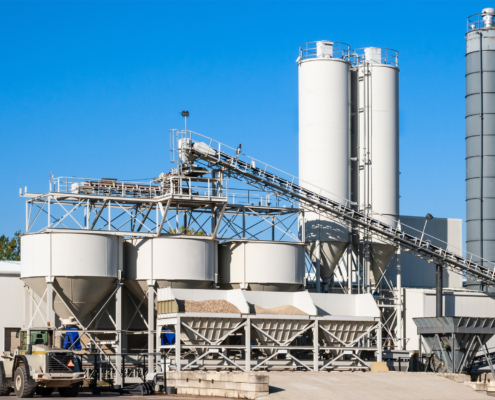 https://pontotocsandandstone.com/wp-content/uploads/2025/06/How-Frac-Sand-Storage-Affects-the-Quality-and-Efficiency-of-Your-Fracing-Operations.jpg
1250
2000
AbstraktMarketing
/wp-content/uploads/2021/08/Pontotoc-White-Logo.png
AbstraktMarketing2025-06-26 12:59:152025-12-19 16:15:29How Frac Sand Storage Affects the Quality and Efficiency of Your Fracing Operations
https://pontotocsandandstone.com/wp-content/uploads/2025/06/How-Frac-Sand-Storage-Affects-the-Quality-and-Efficiency-of-Your-Fracing-Operations.jpg
1250
2000
AbstraktMarketing
/wp-content/uploads/2021/08/Pontotoc-White-Logo.png
AbstraktMarketing2025-06-26 12:59:152025-12-19 16:15:29How Frac Sand Storage Affects the Quality and Efficiency of Your Fracing Operations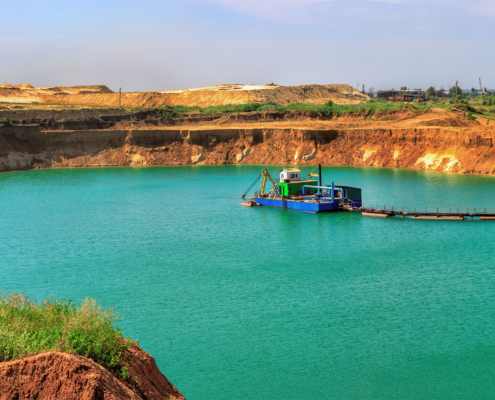 https://pontotocsandandstone.com/wp-content/uploads/2025/05/Reasons-Why-Locally-Sourced-Frac-Sand-Saves-You-Time-and-Money.jpg
1250
2000
AbstraktMarketing
/wp-content/uploads/2021/08/Pontotoc-White-Logo.png
AbstraktMarketing2025-05-29 18:31:122025-12-19 16:15:30Reasons Why Locally-Sourced Frac Sand Saves You Money and Time
https://pontotocsandandstone.com/wp-content/uploads/2025/05/Reasons-Why-Locally-Sourced-Frac-Sand-Saves-You-Time-and-Money.jpg
1250
2000
AbstraktMarketing
/wp-content/uploads/2021/08/Pontotoc-White-Logo.png
AbstraktMarketing2025-05-29 18:31:122025-12-19 16:15:30Reasons Why Locally-Sourced Frac Sand Saves You Money and Time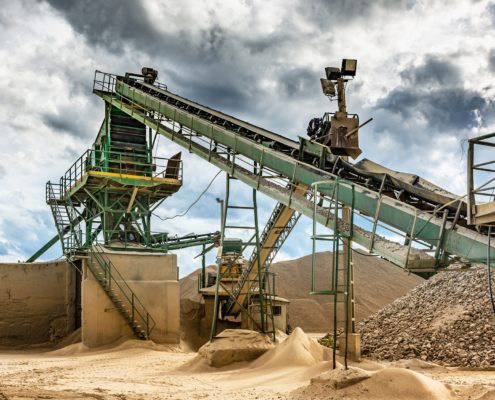 https://pontotocsandandstone.com/wp-content/uploads/2025/05/How-to-Balance-Performance-with-Environmental-Responsibility.jpg
1250
2000
AbstraktMarketing
/wp-content/uploads/2021/08/Pontotoc-White-Logo.png
AbstraktMarketing2025-05-29 18:25:382025-12-19 16:15:31The Role of Frac Sand in Tight Oil Reservoirs: Key Considerations
https://pontotocsandandstone.com/wp-content/uploads/2025/05/How-to-Balance-Performance-with-Environmental-Responsibility.jpg
1250
2000
AbstraktMarketing
/wp-content/uploads/2021/08/Pontotoc-White-Logo.png
AbstraktMarketing2025-05-29 18:25:382025-12-19 16:15:31The Role of Frac Sand in Tight Oil Reservoirs: Key Considerations https://pontotocsandandstone.com/wp-content/uploads/2025/05/The-Role-of-Frac-Sand-in-Tight-Oil-Reservoirs-Key-Considerations.jpg
1250
2000
AbstraktMarketing
/wp-content/uploads/2021/08/Pontotoc-White-Logo.png
AbstraktMarketing2025-05-22 13:20:582025-12-19 16:15:32The Role of Frac Sand in Tight Oil Reservoirs: Key Considerations
https://pontotocsandandstone.com/wp-content/uploads/2025/05/The-Role-of-Frac-Sand-in-Tight-Oil-Reservoirs-Key-Considerations.jpg
1250
2000
AbstraktMarketing
/wp-content/uploads/2021/08/Pontotoc-White-Logo.png
AbstraktMarketing2025-05-22 13:20:582025-12-19 16:15:32The Role of Frac Sand in Tight Oil Reservoirs: Key Considerations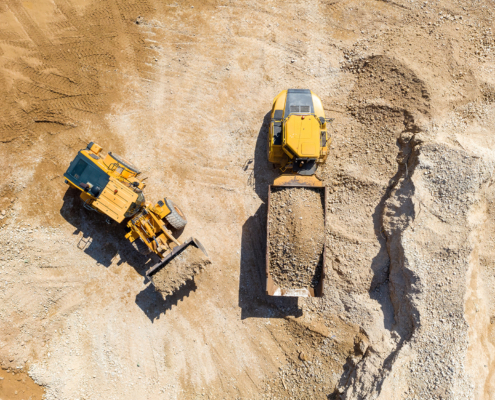 https://pontotocsandandstone.com/wp-content/uploads/2025/05/Frac-Sand-101_-Everything-You-Need-to-Know-Before-Buying.jpg
1250
2000
AbstraktMarketing
/wp-content/uploads/2021/08/Pontotoc-White-Logo.png
AbstraktMarketing2025-05-01 19:15:102025-12-19 16:15:33Frac Sand 101: Everything You Need to Know Before Buying
https://pontotocsandandstone.com/wp-content/uploads/2025/05/Frac-Sand-101_-Everything-You-Need-to-Know-Before-Buying.jpg
1250
2000
AbstraktMarketing
/wp-content/uploads/2021/08/Pontotoc-White-Logo.png
AbstraktMarketing2025-05-01 19:15:102025-12-19 16:15:33Frac Sand 101: Everything You Need to Know Before Buying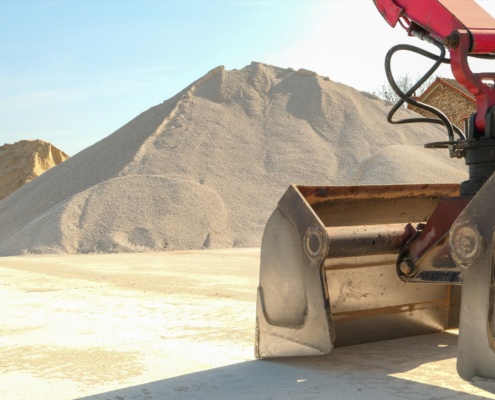 https://pontotocsandandstone.com/wp-content/uploads/2025/04/The-Role-of-Fracing-Efficiency-in-Maintaining-Your-Operations.jpg
1250
2000
AbstraktMarketing
/wp-content/uploads/2021/08/Pontotoc-White-Logo.png
AbstraktMarketing2025-04-03 12:13:132025-12-19 16:15:34The Role of Fracing Efficiency in Maintaining Your Operations
https://pontotocsandandstone.com/wp-content/uploads/2025/04/The-Role-of-Fracing-Efficiency-in-Maintaining-Your-Operations.jpg
1250
2000
AbstraktMarketing
/wp-content/uploads/2021/08/Pontotoc-White-Logo.png
AbstraktMarketing2025-04-03 12:13:132025-12-19 16:15:34The Role of Fracing Efficiency in Maintaining Your Operations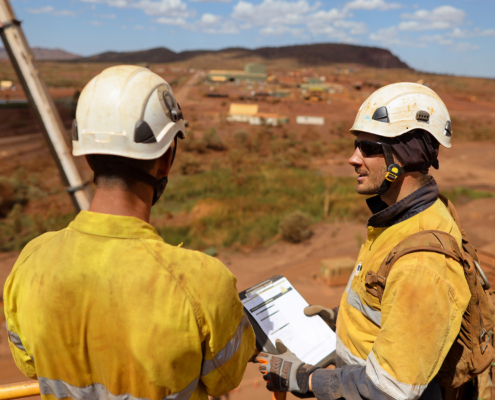
The Complete Frac Sand Supplier Checklist: Your Guide to Evaluating Potential Partners
Tier 1 Frac Sand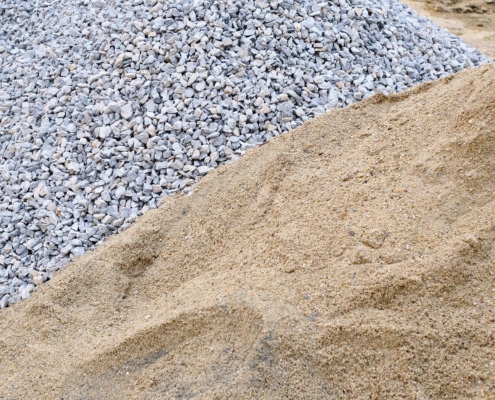 https://pontotocsandandstone.com/wp-content/uploads/2025/02/Side-view-piles-sand-and-gravel-for-construction.jpg
1250
2000
AbstraktMarketing
/wp-content/uploads/2021/08/Pontotoc-White-Logo.png
AbstraktMarketing2025-02-20 19:23:182025-12-19 16:15:36Why Partnering with a Reliable Frac Sand Supplier is Critical for Your Success
https://pontotocsandandstone.com/wp-content/uploads/2025/02/Side-view-piles-sand-and-gravel-for-construction.jpg
1250
2000
AbstraktMarketing
/wp-content/uploads/2021/08/Pontotoc-White-Logo.png
AbstraktMarketing2025-02-20 19:23:182025-12-19 16:15:36Why Partnering with a Reliable Frac Sand Supplier is Critical for Your Success